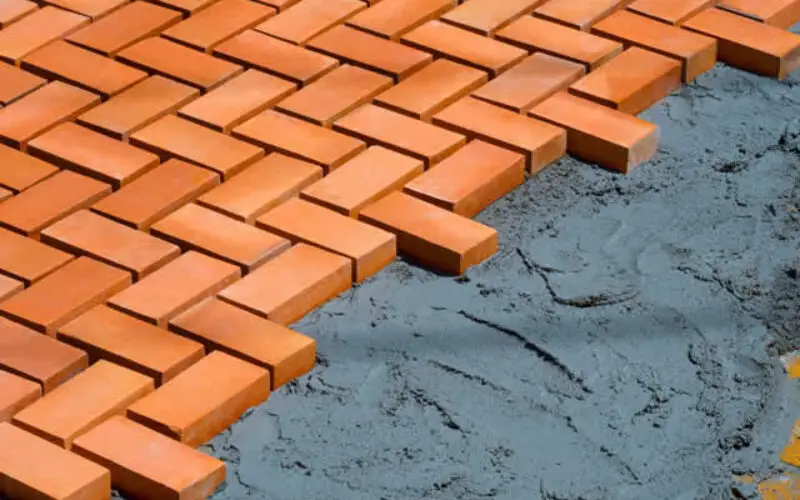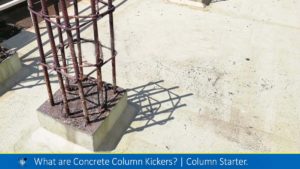
The reason why brick flooring is commonly installed is due to the durable nature of bricks, which makes them resistant to wear and tear. Additionally, the installation process for brick flooring is typically straightforward and efficient. Standard clay bricks are typically used for low-cost, temporary structures like sheds, courtyards, and footpaths, while heavy-duty bricks are reserved for more demanding settings such as warehouses and loading docks where the flooring must withstand frequent and heavy use.
Total time: 2-3days
1. Preparing Base Concrete
Both types of brick flooring, heavy-duty floors as well as light-duty floors may be laid on the concrete base. Lime concrete is generally preferred for brick or stone aggregates. Learn cement concrete mix 1:5:10 may also be used. For heavy-duty floors, the base concrete shall be 150 mm thick and for light-duty floors, the base concrete provided shall be 75 mm thick.
2. Bedding for Brick Flooring
Cement mortar or cement lime mortar is used for the bedding of the floor. Before the concrete sub-grade is finally set, lime mortar or lime cement mortar not less than 10 mm thick shall be spread evenly over the base concrete. The proportions of mortar shall be as given below:
1. Heavy-duty brick flooring – 1:4 (cement mortar) and 1: 1: 6 (cement lime mortar)
2. Light-duty brick flooring – 1:6 (cement mortar) and 1: 2: 9 (cement lime mortar)
3. Laying of Bricks
1. The brick to be used for the flooring should be adequately soaked in clean water.
2. The bricks shall be laid in plain, diagonal, herringbone, or other suitable patterns. The brick shall either be laid flat or on edge.
3. Broken bricks should not be used in flooring except for closing.
4. Bricks shall be laid on the mortar bed by gentle topping. The inside faces of bricks shall be smeared with mortar before the next brick is laid and pressed against it.
5. In the case of flat brick flooring, bricks shall be laid with a frog down.
6. All joints shall be filled with mortar; the thickness of joints shall be 8 to 10 mm. The joints shall be flush-pointed after being raked out 10 mm deep while the mortar is still green.
4. Curing of Brick Flooring
The flooring shall be cured for at least 7 days after completion. In the case of cement lime mortar, curing shall commence 2 days after laying and continue for 7 days.
FAQs:
Q: What should be the thickness of the base concrete for laying brick flooring?
Ans: The thickness of the base concrete for laying the brick flooring is 75mm thick for light duty and 150mm thick for heavy duty.
Q: Which side of the brick laid is stronger in brick flooring?
Ans: The bricks laid on the edge perform better than when laid flat.
Q: What should be the ratio of cement lime mortar for bedding?
Ans: The preferred cement lime mortar for bedding is 1: 2: 9 (1-cement: 2- lime: 9 aggregate).
Q: What should be the thickness of the bedding?
Ans: The thickness of the bedding should not be less than 10mm.
Q: Can a layer of sand be used as bedding for brick flooring?
Ans: Yes, the concept of brick flooring varies from region to region. In some regions, a layer of sand (usually 75mm thick) is laid over the prepared subgrade as bedding for the brick flooring.
Also Read:
- Types of Timber Flooring Depending upon the Support | Specification | Method | Guide
- Construction of Terrazzo Flooring | Materials | Specification | Method
- Types of Bricks Used in Building Construction
![]()







